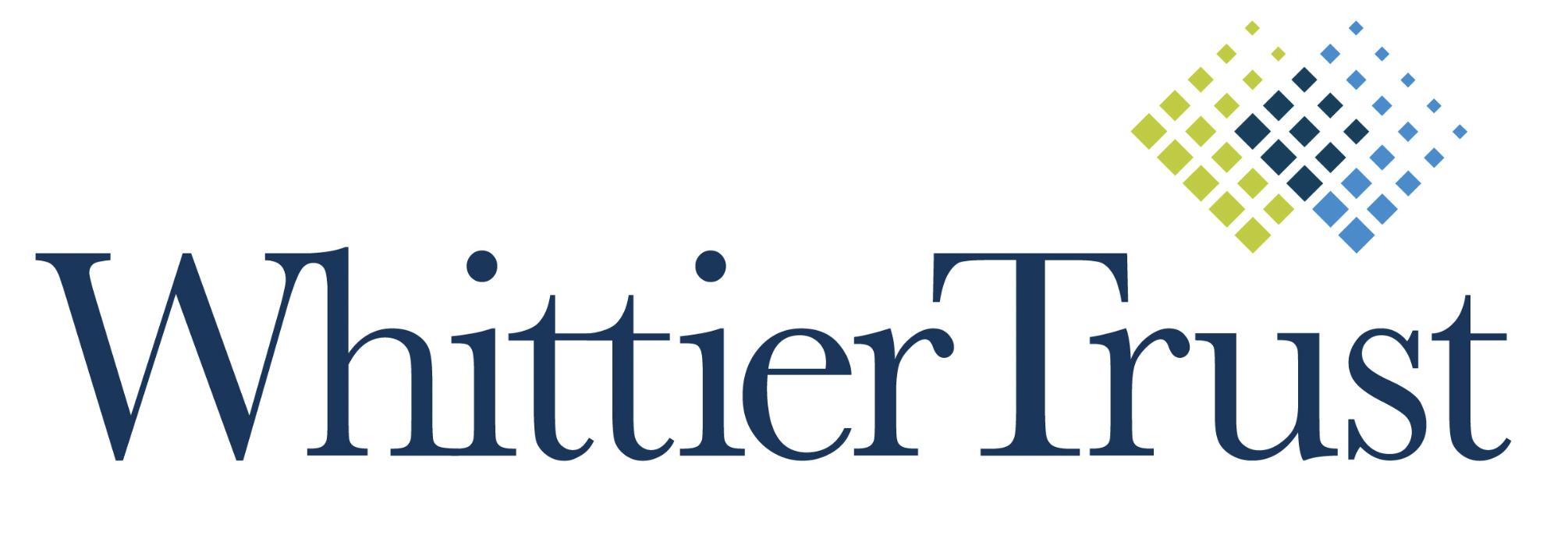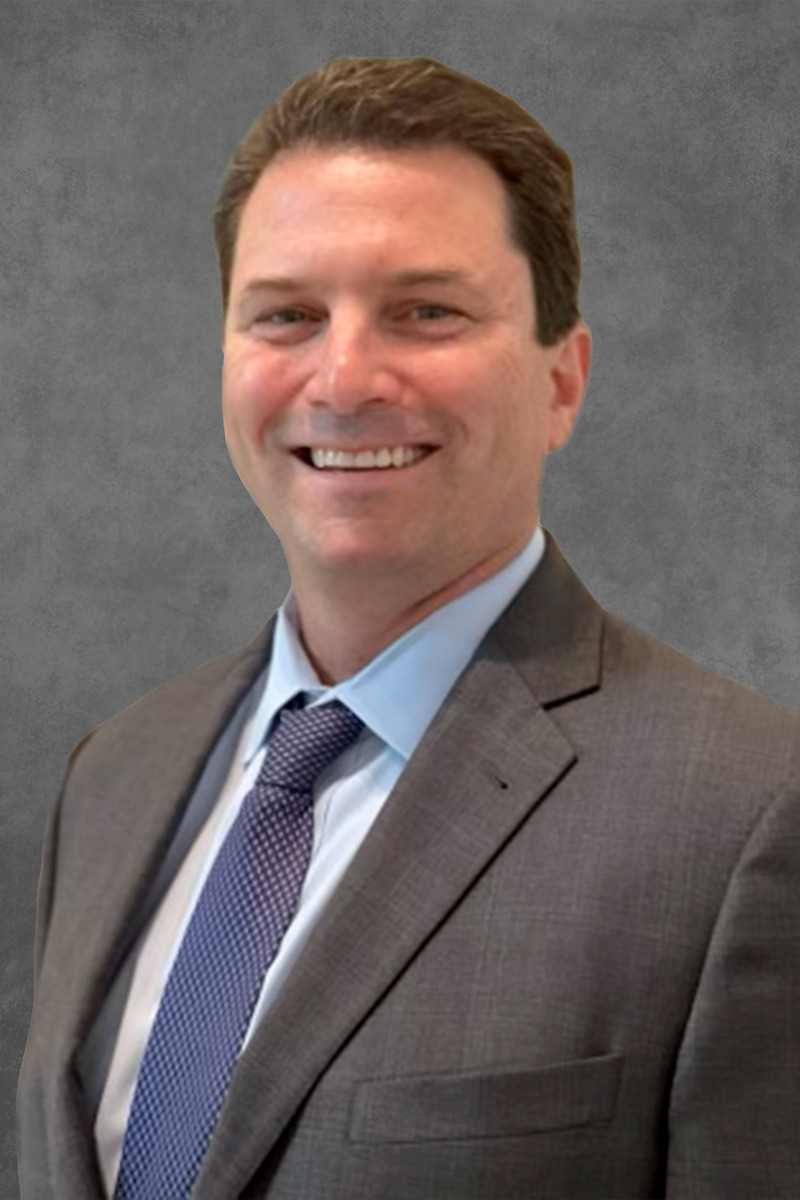Individual securities offer powerful advantages for ultra-high-net-worth investors.
 If you’ve been investing for a while, at some point you were probably told that mutual funds were not only an easy answer, but also a wise one, promising a strong return with minimal effort and monitoring. This advice is not wrong, but it doesn’t apply to everyone.
If you’ve been investing for a while, at some point you were probably told that mutual funds were not only an easy answer, but also a wise one, promising a strong return with minimal effort and monitoring. This advice is not wrong, but it doesn’t apply to everyone.
After mutual funds rose to popularity in the bull market of the 1990s, they became a staple of individual retirement accounts (IRAs), which were rapidly replacing traditional pensions. IRAs and other mass-market purposes are exactly what mutual funds are designed for, and they typically perform well toward those goals. But they don’t make sense for investors with the resources to gauge the market on their own.
“One of the things that differentiates Whittier Trust is our belief that clients should own individual positions versus mutual or co-mingled funds,” says David Ronco, Senior Portfolio Manager at Whittier. “Buying individual securities for our clients allows us to save them money with respect to fees and taxes while creating a customized, transparent investment solution.”
“As a portfolio manager, I have an in-depth understanding of all major asset classes including equities, fixed income, real estate, and alternatives,” Ronco continues. “For each client’s portfolio, our team hand-picks the best individual investments to meet their goals.”
Here, Ronco explains four key benefits of owning individual securities.
Customization
Mutual funds are designed to reach a broad cross-section of market participants. “The only customization they offer is a choice between general goals such as growth or income,” Ronco explains. “They don’t take into account your philosophy, your risk tolerance, or the many other factors that can make you a standout investor. They are truly the lowest common denominator of investing.”
Overall Cost
Many mutual funds have high expense ratios, layered on top of wealth management fees. “We call that fee layering, and it’s not an issue with individual securities, which have no embedded fees,” Ronco says. “So right off the bat, moving to individual securities significantly increases the compounding return potential of a client’s portfolio.”
Tax Efficiency
 “Individual securities are also more tax efficient than mutual funds by far,” says Ronco. “Mutual funds are essentially not concerned with tax efficiency. They generate capital gains and losses as they trade securities throughout the year, and they have to distribute those net capital gains evenly to all shareholders, even those investors that didn’t engage in any buying or selling.”
“Individual securities are also more tax efficient than mutual funds by far,” says Ronco. “Mutual funds are essentially not concerned with tax efficiency. They generate capital gains and losses as they trade securities throughout the year, and they have to distribute those net capital gains evenly to all shareholders, even those investors that didn’t engage in any buying or selling.”
Whittier clients benefit from direct ownership of their holdings, which allows precise control over capital gains enabling flexible tax loss harvesting and tax-free compounding. Our portfolio managers strategically leverage these advantages through constant analysis of client positions, ensuring proactive, year-round tax optimization, not just a reactive approach at tax time.
Transparency
Individual securities offer Whittier clients ultimate transparency so their stakes in specific industries and companies are completely clear. “We can provide detailed, real-time information about every security our clients hold,” explains Ronco. “Mutual funds, on the other hand, are a bit of a black box, often reporting 60 to 100 underlying positions under a single, vague name or symbol.”
Growing Your Portfolio
 At Whittier, no two client portfolios are the same, and the individual securities selected by portfolio managers and the Whittier investment team reflect the understanding we have of each client’s assets and goals, built through long-term relationships.
At Whittier, no two client portfolios are the same, and the individual securities selected by portfolio managers and the Whittier investment team reflect the understanding we have of each client’s assets and goals, built through long-term relationships.
“We help families preserve and grow the wealth that they have worked hard to create,” Ronco says. “I consider it a privilege to share the expertise of our Whittier team and my own in-depth understanding of all asset classes—including equities, fixed income, real estate, and alternatives—to help clients build wealth.”
If you’re ready to explore how Whittier Trust’s tailored investment strategies can work for you, start a conversation with a Whittier Trust advisor today by visiting our contact page.
From Investments to Family Office to Trustee Services and more, we are your single-source solution.














 Investor interest in private markets has surged over the past decade. To understand why, it's essential to grasp what these investments entail and the factors driving their growth. Here, we offer insights into the complexities and benefits of private market
Investor interest in private markets has surged over the past decade. To understand why, it's essential to grasp what these investments entail and the factors driving their growth. Here, we offer insights into the complexities and benefits of private market 




